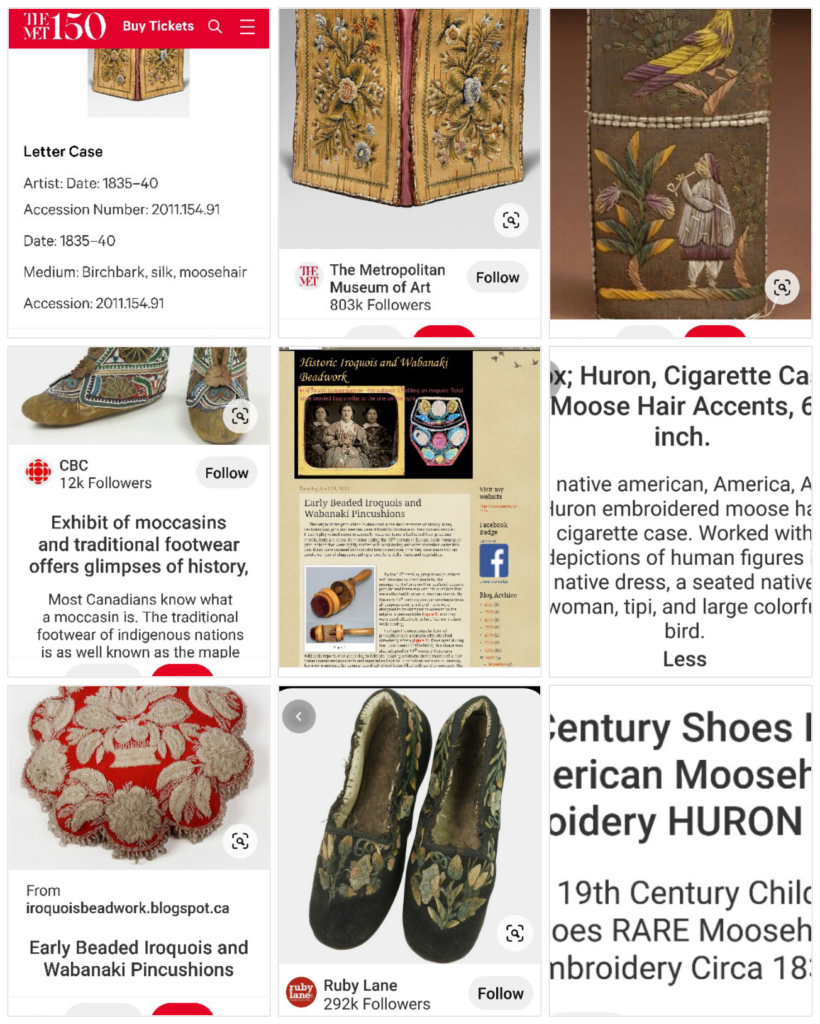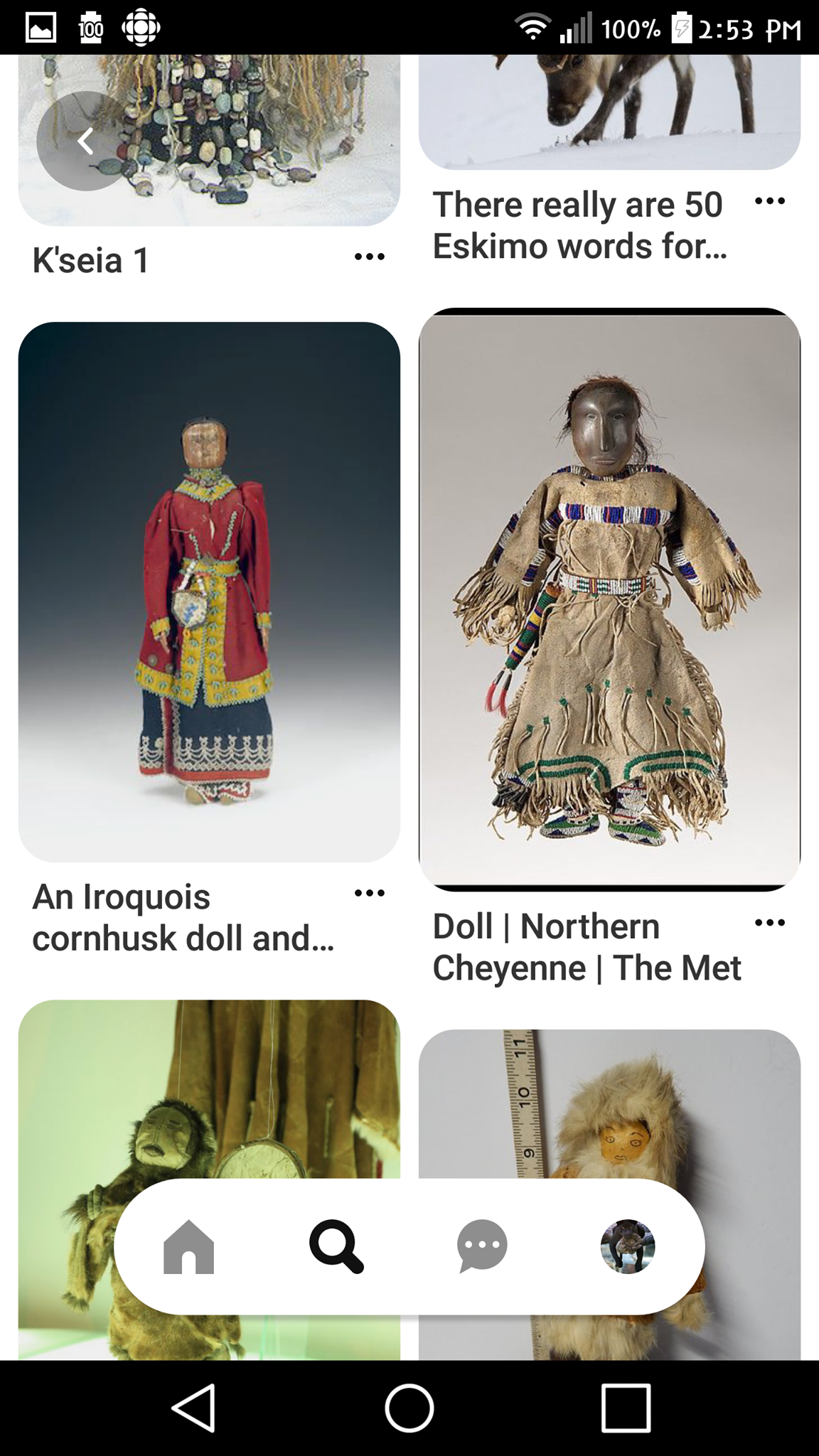By volunteer, Krissinda Boyce
We are not a voice for the indigenous people. We are basing our information on archaeological and written historic evidence. First nations oral traditions may differ and we are not the authority on the oral tradition but fully respect the narrative and encourage you to find out more.
It has been interesting to learn about the Hurons, Iroquois and Attawandarons (Neutral Nations) that lived in Ontario. My main focus for this post is on their clothing. Clothing was made from the very area in which they lived and whichever animals surrounded the area. Deer, moose, bear, rabbit and squirrels. By stretching the skins on racks scraping them and tanning them with brains of animals turned into oil or made grease from the fat of the animals.
Thread was made from stinging nettles and hemp by stripping the plant and spinning the fibres along their thigh. They also used horse hair and moose hair as fine threads. The fine needles were made of fish bones. Their garments were cut by using flint knives. They used sharp awls or punches to make holes through the leather then would lace the materials together with leather thong.
Their beads were made from bones and teeth. This was before trade with Europeans introduced glass seed beads as a trade item. All used for decorating their garments as well as feathers and making fringes. The most prized by the tribe is sea shell beads or abalone. Known as “wampum” in the native language. They made these beads with great skill and patience.
They took great care in adorning their garments. Skirts, breech cloths, leggings, sleeves, moccasins, pouches and tobacco cases.

They used plant and mineral based dyes locally sourced. To create the beautiful colours we see today in their historical clothing. The decorative touches would state their social status within their tribe. They made earrings from feathers and fish bone to keep the pierced ear open. Bracelets, belts and necklaces were worn by every one regardless of age or size and especially for ceremonial purposes.
References came from The Neutral Indians of Southwestern Ontario Booklet Author: Elsie McLeod Jury
Photos are from Pinterest.
By Volunteer Krissinda Boyce
